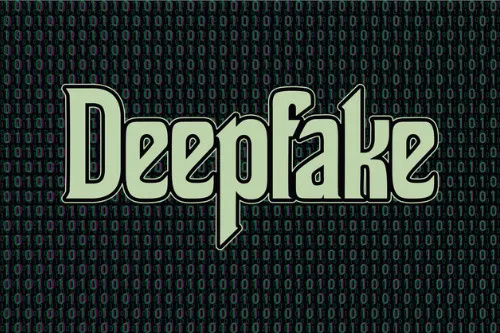This article is part of Demystifying AI, a series of posts that (try to) disambiguate the jargon and myths surrounding AI.
In 2018, a big fan of Nicholas Cage showed us what _The Fellowship of the Ring _would look like if Cage starred as Frodo, Aragorn, Gimly, and Legolas. The technology he used was deepfake, a type of application that uses artificial intelligence algorithms to manipulate videos.
Deepfakes are mostly known for their capability to swap the faces of actors from one video to another. They first appeared in 2018 and quickly rose to fame after they were used to modify adult videos to feature the faces of Hollywood actors and politicians.
In the past couple of years, deepfakes have caused much concern about the rise of a new wave of AI-doctored videos that can spread fake news and enable forgers and scammers.
The “deep” in deepfake comes from the use of deep learning, the branch of AI that has become very popular in the past decade. Deep learning algorithms roughly mimic the experience-based learning capabilities of humans and animals. If you train them on enough examples of a task, they will be able to replicate it under specific conditions.
The basic idea is to train a set of artificial neural networks, the main component of deep learning algorithms, on multiple examples of the actor and target faces. With enough training, the neural networks will be able to create numerical representations of the features of each face. Then all you need to do is rewire the neural networks to map the face of the actor on to the target.
#artificial intelligence #deep learning #deepfakes #neural networks
